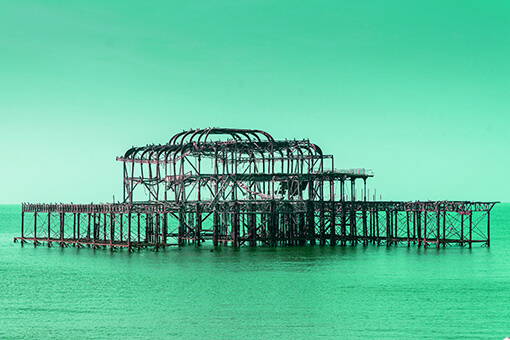Hi, it’s konkaz (@konkazuk).
Prior to the kickoff of the first COP, a pivotal meeting known as the “United Nations Conference on Environment and Development (UNCED)” was held in Rio de Janeiro, Brazil, in 1992.
Recognising the urgent need to address the looming crisis, United Nations members convened to set rules and begin thinking about the Earth’s future collectively and globally.

It is commonly referred to as the “Earth Summit“.
Among the rules set at the Earth Summit, one was the “United Nations Framework Convention on Climate Change” (UNFCCC)…
but what does “Framework Convention” actually mean?
Personally, I think they could have chosen a more stylish name, but simply put, this treaty is about saying, ‘Let’s establish the overarching framework first, and deal with the specifics later’.
This means it’s essentially a treaty designed to establish
“broad principles and objectives“
as a foundation for future efforts, with the finer details to be addressed later.
So, here are the key elements that make up the “Framework Convention”…
🔹Objective
To prevent global warming and safeguard both humanity and the planet.
🔹Clarification of Responsibilities
Introducing the concept of “Common But Differentiated Responsibilities and Respective Capabilities” (CBDRRC), which divides the responsibility for climate change mitigation between developed and developing countries.
⚫ Common Responsibilities
Since climate change is a global issue, every country should share responsibility for it.
⚫ Differentiated Responsibilities
Since the historical emissions of greenhouse gases differ between countries, the burden of responsibility and the content of measures should vary. (Developed countries, having emitted large amounts of greenhouse gases, bear greater responsibility than developing countries.)
⚫ Respective Capabilities
Each country’s role should be adjusted according to its economic strength and technological capabilities. (Developed nations, with more resources and technology, are responsible for helping developing nations address climate change.)
🔹Foundation of Cooperation
Countries report their CO₂ emissions at COP meetings to strengthen global cooperation.
Essentially, the role of the ‘Framework Convention’ is to provide a foundation for participating countries to cooperate on a common platform.
Then, every year at the ‘COP’, discussions continue, and the specifics are further developed.
Bye now.
konkaz
*You can read this blog post in Japanese from the link below.
👉 「枠組み条約」とは?UNFCCCをわかりやすく解説

